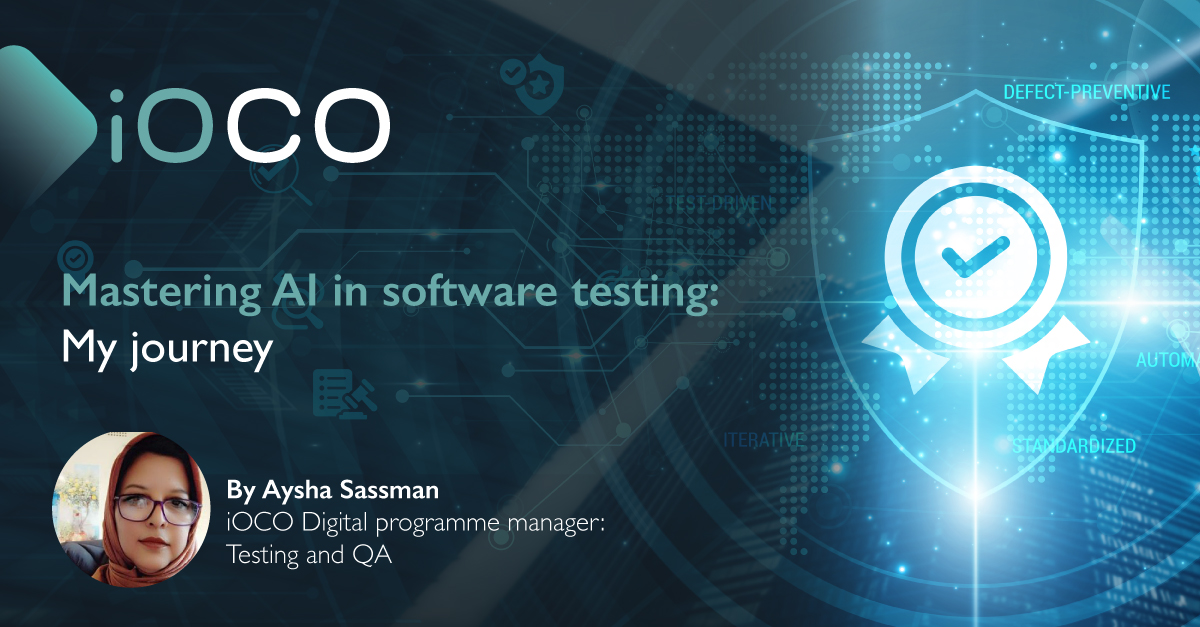We live in an age of disruption where digital transformation no longer cuts the mustard, but rather digital innovation is the requirement.
Markets are looking at disruptive technologies that have revolutionised how business is conducted and asking questions such as is it a bird, is it a plane, is it a taxi company?
Well, no it’s none of those things − nor is it a software company − but what it has done is to totally upset the apple cart and force a global rethink.
Active intelligence does the same − it is not a product. It is a business state that empowers businesses to harness the true value of their data by building intelligent analytics data pipelines and it is making organisations rethink what should be expected from their data and analytics capabilities.
At its core, it leverages data integration, data analytics and automation technology, while offering integration with unique capabilities that support moving governed data in real-time to wherever it can help inform decisions and drive action.
In a way, business intelligence has gone full circle and arrived back at its original intent, which is decision support (albeit with a host of new and powerful capabilities).
So, the company doesn’t want to lose its current investment and be locked into one vendor?
It’s not necessary, but it should partner with an organisation that operates with an approach of not ripping out and replacing the current analytics pipeline when it needs to be modernised.
The company will need to integrate with a wide variety of vendors, whether it’s on cloud, data integration or analytics solutions, if it is to achieve active intelligence.
It is also important to implement an approach that focuses on helping to build an end-to-end data and analytic strategy − whether that’s plugging gaps or helping insights go even further. In short, collaboration and integration with other vendors will be needed.
What does real-time mean and is it actually real-time or near real-time?
Change data capture (CDC) technology is a critical component of active intelligence and supports real-time data streaming. Yet, while this is real-time, it is normal to have some latency built into CDC solutions.
The greatest intelligence is when human and machines work together.
CDC is a highly outcomes-based way to move data in real-time and translates into negating wait times for source systems to update. With CDC, companies can monitor underlying systems and, seamlessly (plus at scale) understand the change at source and move them into the target environment. It is a highly efficient and differentiated approach to the movement of data.
Insight without action is useless: Automation is key
So, companies may not wish to automate everything and still want human involvement in the processes?
Active intelligence is designed to enable action-driven decisions by automating and orchestrating actionable processes, with or without human engagement. At no point is the firm required to take human engagement out of the equation.
The greatest intelligence is when human and machines work together. What is needed is augmented analytics, where technology enhances human intuition, but does not replace it. Automation can similarly work with you and not just for you, to ensure the human touch points remains in place.
It looks like all the latest innovations for active intelligence are on SaaS platforms but what if the company wants to stay on-premises?
Well, firstly, examine why it wishes to do that. SaaS models offer many advantages, including enhanced performance and operational benefits, all while delivering faster insights to the entire company. In certain cases, a hybrid multiload approach can be ideal for the particular scenario.
What are the first steps toward active intelligence?
Seek the most appropriate model that will enable the organisation to take advantage of active intelligence. Start with the latest real-time, hyper-contextualised information proactively served to help make the right decision at the right time.
Then extrapolate by going back through the process to identify where the gaps are in the analytics data pipeline that are preventing the company from achieving this vision. The journey towards active intelligence is an iterative process in which it must select the right partner capable of identifying what changes need to be implemented that will provide the greatest impact on the business today and what steps should be taken, looking not only at technology, but also at people and processes.
Working through matters in this way enables organisations to continuously transform their analytics data pipeline, while achieving tangible benefits for the business at every stage.
Active intelligence offers a vision of how to get the most from data through an iterative process of improvements − so, it is not a plug-and-play exercise.
At this point, companies may be questioning how much of this vision is a reality today? My response to that is: welcome to the age of real-time. Globally, many corporations have embarked on the active intelligence journey with significantly successful outcomes.



